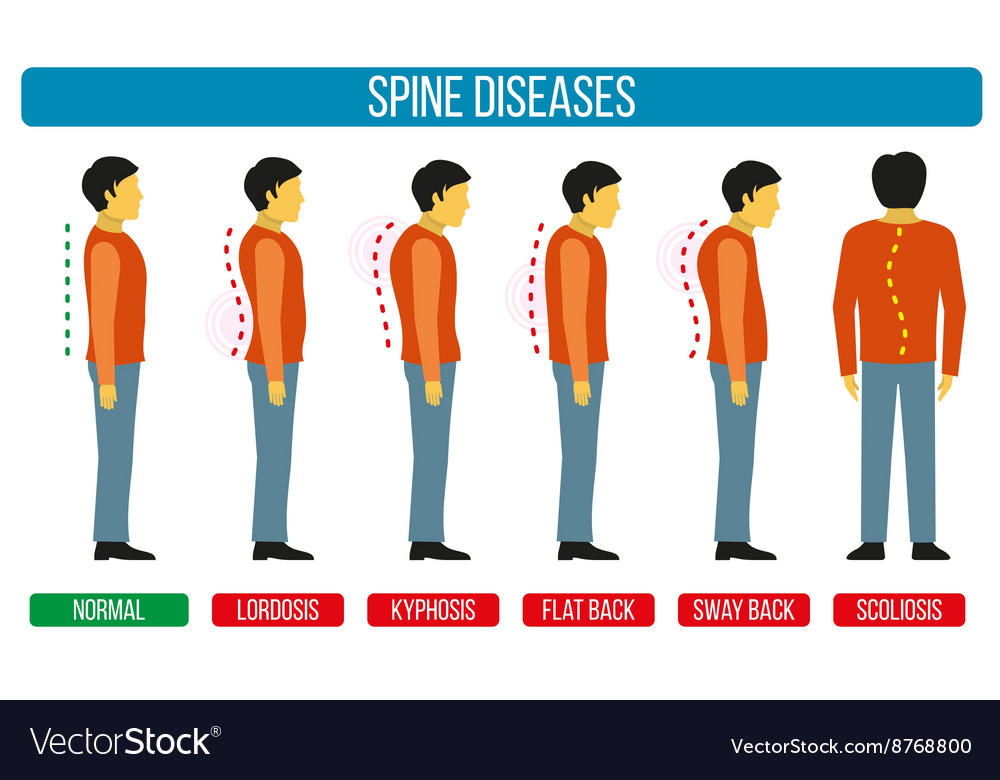Crucial Daily Behaviors That Can Create Pain In The Back And Just How To Steer Clear Of Them
Crucial Daily Behaviors That Can Create Pain In The Back And Just How To Steer Clear Of Them
Blog Article
view it now By-Dyhr Baxter
Keeping correct position and preventing common risks in day-to-day tasks can considerably influence your back health and wellness. From exactly how you sit at your workdesk to exactly how you raise hefty things, tiny adjustments can make a big distinction. Visualize a day without the nagging back pain that prevents your every move; the option may be easier than you believe. By making a couple of tweaks to your daily routines, you could be on your way to a pain-free presence.
Poor Position and Sedentary Way Of Living
Poor pose and a less active lifestyle are two significant contributors to pain in the back. When you slouch or suspicion over while sitting or standing, you put unnecessary pressure on your back muscular tissues and spine. This can lead to muscle mass discrepancies, stress, and ultimately, chronic pain in the back. Additionally, sitting for long periods without breaks or exercise can deteriorate your back muscles and lead to tightness and discomfort.
To fight bad position, make a conscious effort to rest and stand up straight with your shoulders back and straightened with your ears. Bear in mind to keep your feet flat on the ground and avoid crossing your legs for prolonged durations.
Incorporating normal stretching and enhancing workouts into your day-to-day regimen can also help enhance your pose and reduce back pain associated with a sedentary lifestyle.
Incorrect Lifting Techniques
Incorrect training strategies can significantly contribute to pain in the back and injuries. When you lift heavy things, bear in mind to bend your knees and utilize your legs to lift, rather than relying on your back muscle mass. Avoid turning your body while lifting and maintain the object near to your body to decrease pressure on your back. It's important to preserve a straight back and stay clear of rounding your shoulders while raising to avoid unnecessary pressure on your back.
Constantly examine the weight of the things prior to lifting it. If it's as well hefty, request for assistance or use equipment like a dolly or cart to transport it safely.
Remember to take breaks during raising jobs to provide your back muscle mass a chance to relax and prevent overexertion. By implementing correct lifting strategies, you can avoid pain in the back and minimize the danger of injuries, guaranteeing your back remains healthy and balanced and solid for the long term.
Absence of Regular Workout and Extending
A sedentary way of life without regular exercise and stretching can significantly add to neck and back pain and pain. When you don't participate in exercise, your muscular tissues become weak and stringent, leading to inadequate pose and boosted strain on your back. Routine workout assists reinforce the muscle mass that support your back, enhancing stability and minimizing the danger of pain in the back. Integrating stretching right into your regimen can also enhance versatility, stopping rigidity and pain in your back muscles.
To prevent pain in the back brought on by a lack of exercise and extending, aim for a minimum of thirty minutes of modest physical activity most days of the week. Consist of workouts that target your core muscular tissues, as a strong core can help ease pressure on your back.
In addition, take breaks to extend and relocate throughout the day, specifically if you have a workdesk job. Straightforward stretches like touching your toes or doing shoulder rolls can aid ease tension and avoid pain in the back. Prioritizing normal workout and stretching can go a long way in maintaining a healthy and balanced back and minimizing discomfort.
Final thought
So, remember to sit up straight, lift with your legs, and remain active to stop neck and back pain. By making easy changes to your day-to-day practices, you can avoid the pain and restrictions that feature back pain. Take care of your spine and muscle mass by exercising good posture, correct lifting techniques, and normal exercise. Your back will thank you for it!
